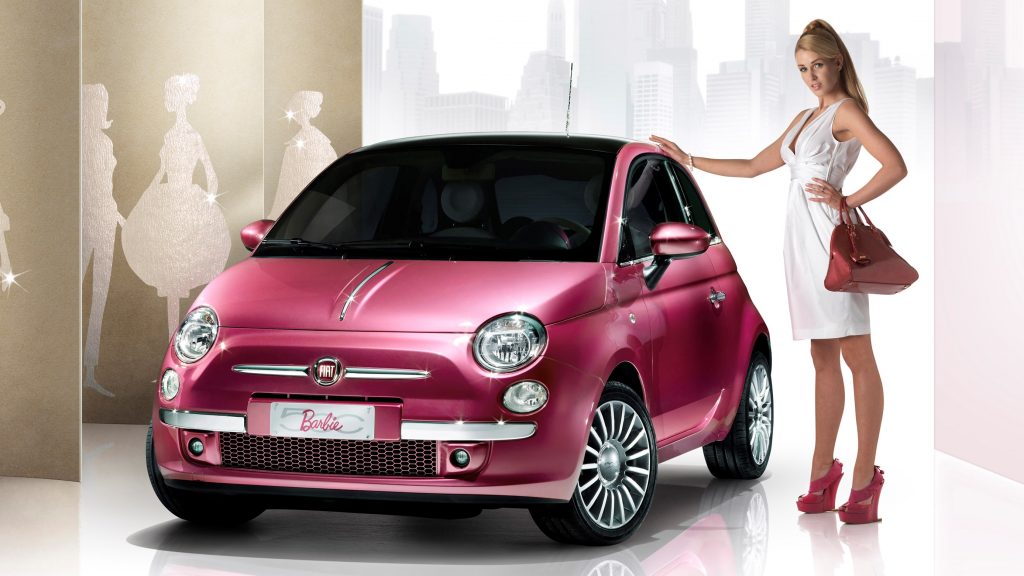We all know and love the Cinquecento. Now, it is time to learn about its bigger brother, the Fiat 600. It managed to become popular in multiple, highly different ways

- Fiat’s new subcompact SUV brings back a name of historical importance: the Seicento
- Decades ago, this model became one of the popular post-war European hatchbacks
- This car became a success in multiple ways and we are going to introduce you to that
A few days ago, Fiat made the news for two unusual reasons. One is showing official footage of its brand new car, the Seicento, for the first time. The other is that this footage was not a release event as we were all expecting. That video was actually meant to show support to an event in Vatican, and just happened to feature the car. Of course, car fans from all around the world would never miss such an appearance.
Now, while we wait for more official data about the all-new Fiat 600, we can use the opportunity to shed light on the original car. More specifically, the supermini that boosted the automaker’s sales after World War II and left a legacy across time and space. In this article, we are going to introduce you to each part of this car’s rich history. This way, you will be prepared to enjoy the release of the modern one even more.

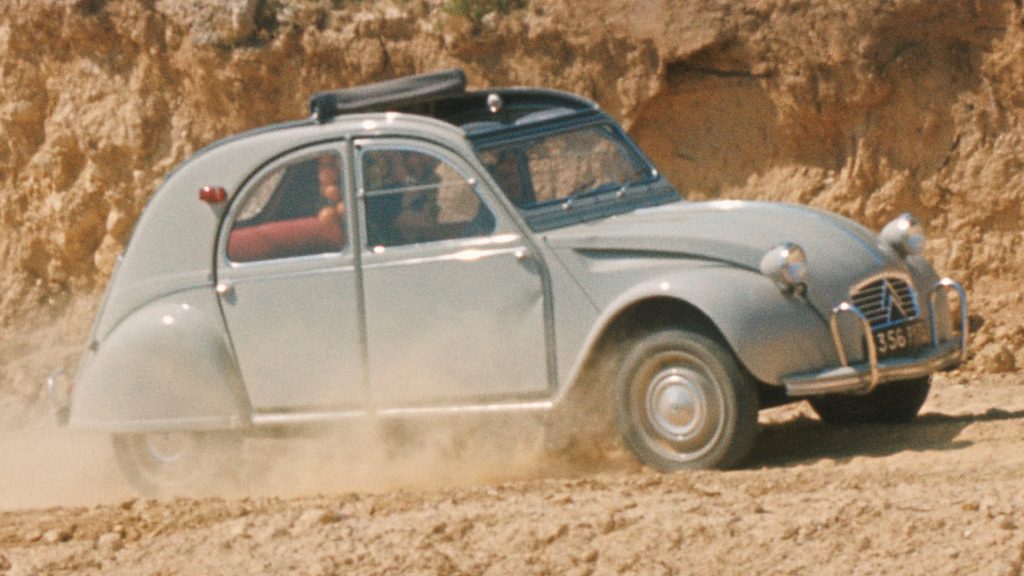
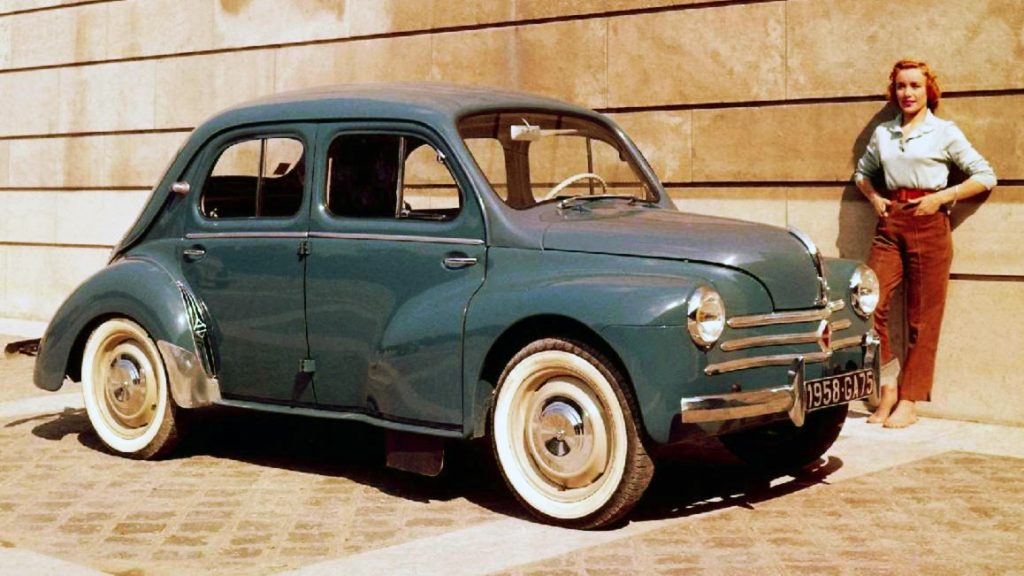
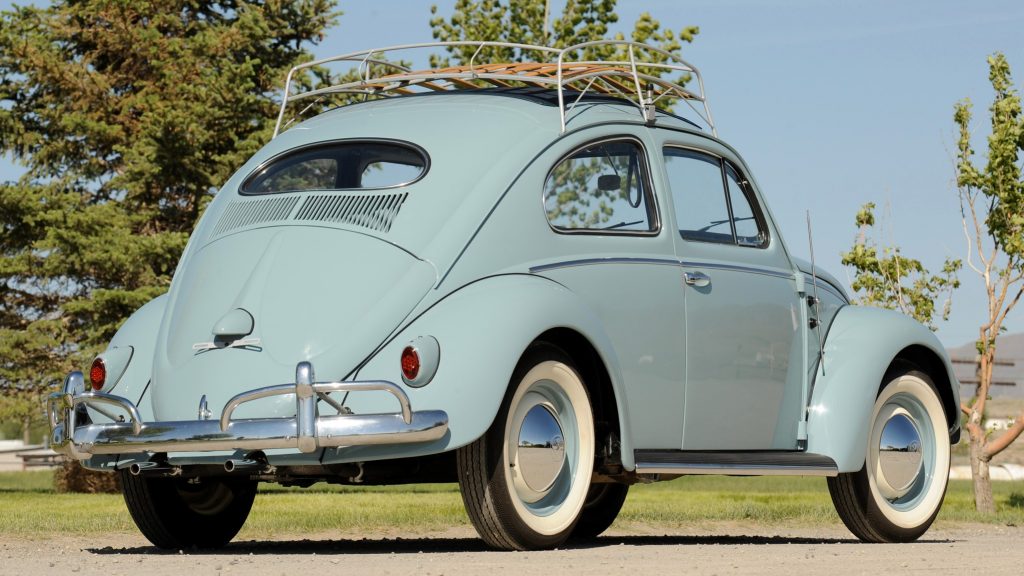
Fiat 600 for the masses
Back in the 1950s, Europe was rebuilding itself. The working class needed affordable transportation and the industry needed to ramp up its production volumes. Compact cars quickly became popular as a direct result of that: Citroën 2CV, Renault 4CV, and Volkswagen Beetle were all breaking sales records. Fiat and Opel were making do with the Topolino and Olympia, pre-war cars that would need to be replaced soon.
Dante Giacosa created the Fiat 600 over four years and released it at the 1955 Geneva Auto Show. The all-new project mirrored the Beetle and the 4CV by using a rear engine but added water cooling. The car had room to seat four adults and nothing else; the bubble roof and the flush fenders all worked towards that. The base engine was a four-cylinder 0.6L that produced 21 hp, good enough for a top speed of 59 mph.
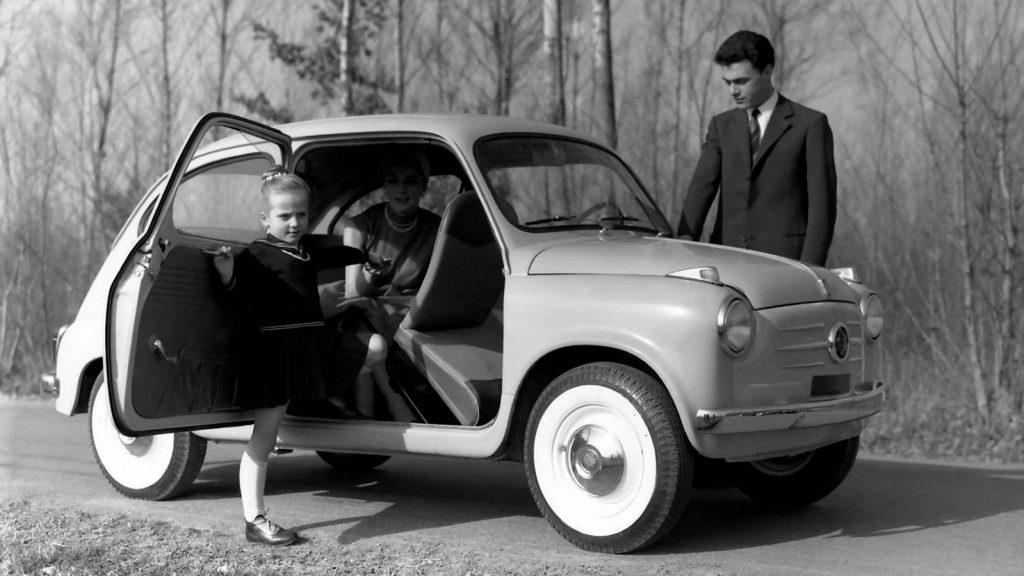
The Italian people’s car
The Fia 600 quickly became a symbol of the Italian recovery. It could be bought by the same workers who built it, so the country took it with pride. It was not fast or luxurious but could handle everyday city use; it was more than enough for its target audience. Fiat would double down with the “Nuova” 500 in 1957, but that is a whole other chapter in its history. The Seicento made Fiat prominent in the realm of urban cars.
One year after its debut, the car received more options. One is the foldable canvas roof, which was rather common in European cars at the time. The other was the Multipla version, which we can consider the very first multi-purpose vehicle (MPV). This introduction actually marks an important part of this car’s history: its versatility. The next topics show the most relevant variations the Fiat 600 had throughout its life cycle.
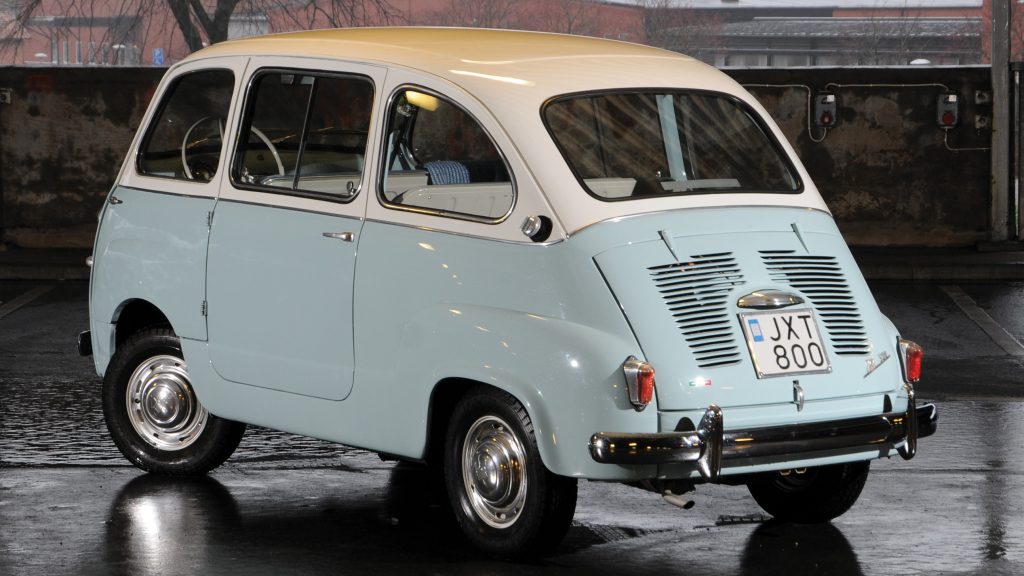



Fiat 600 Multipla
Giacosa’s ingenuity managed to seat two more people on the 600’s platform. The Multipla used what we now name “cab-forward” design: the front row of seats lays above the front axle. The steering column and the spare wheel took some of their legroom but, again, we are talking about urban use. You could use the 139 inches of length to seat six people or fold the rear seats to obtain a completely flat surface for cargo.
That variation had a front bench and four individual seats behind it. Fiat would also offer a traditional one with one rear bench for two or three people plus cargo room. Parallel to that, there was a taxi version with a foldable front passenger seat and the same four independent ones. This car’s versatility made it another commercial success especially in Italy: it remained the favorite local option for taxi work until the 1970s.
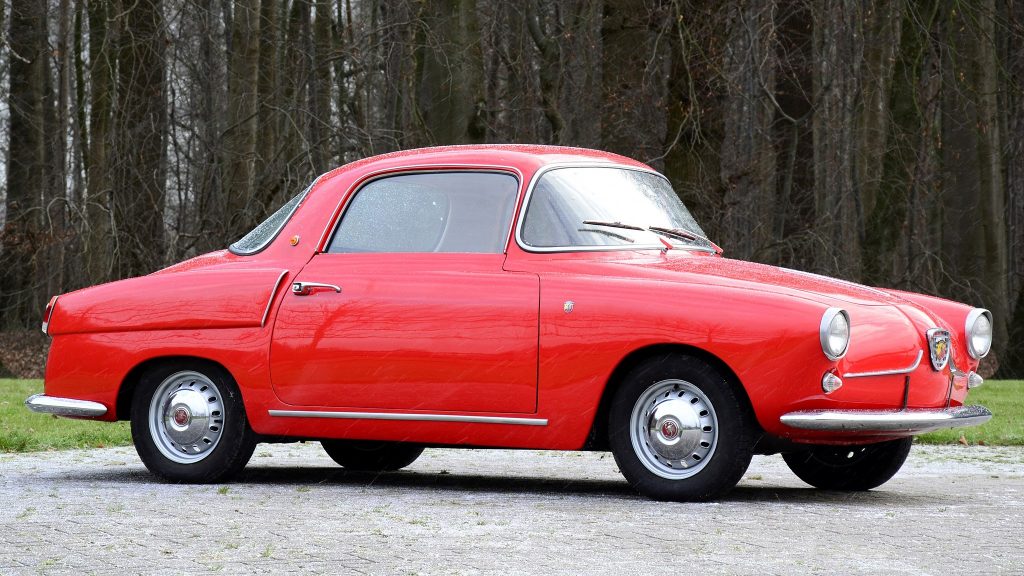
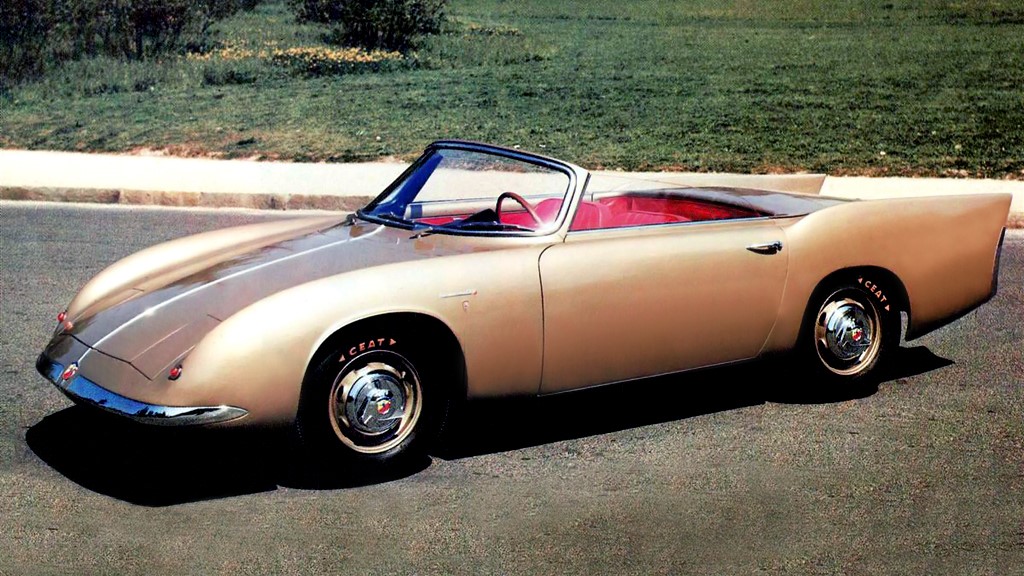


Abarth Fiat 600
It is obvious that the loyal racing partner would work its magic on the Seicento. The 750 and 850 were the most basic ones: they would feature light bodywork changes and reworked engines with higher capacity. The highlight of Abarth’s work, however, was the series of coachbuilt variations. In short, the tuner would match the original platform with its own engines while Allemano and Zagato would build unique bodies.
From 1956 to 1970, those partnerships generated not one Abarth Fiat 600, but a series of models. One of their distinctive traits was aerodynamic excellence: they would use smooth shapes, flush headlights, and a “double bubble” design on the roof. Sadly, the fact that those cars came from coachbuilding work means that most of them were one-off projects. Zagato’s 750 GT, for example, had only four units produced.
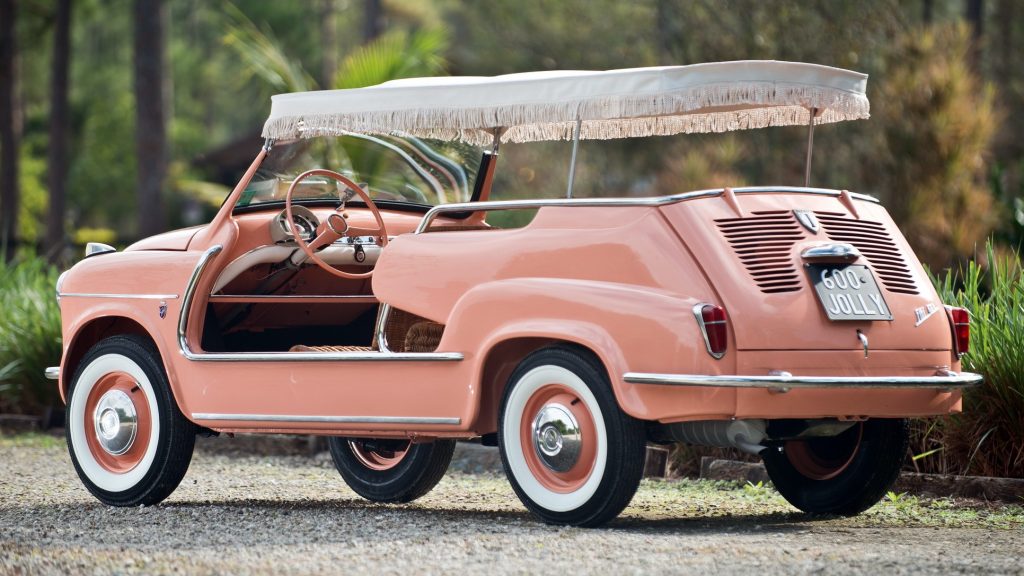
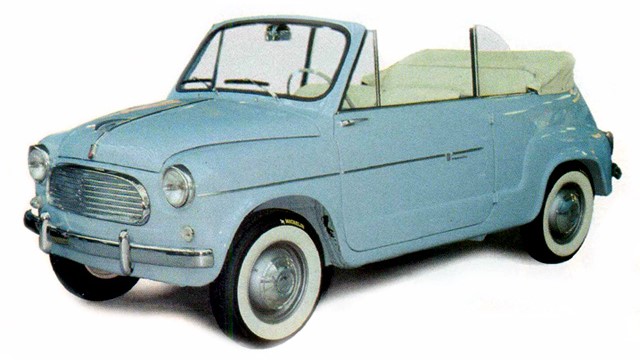

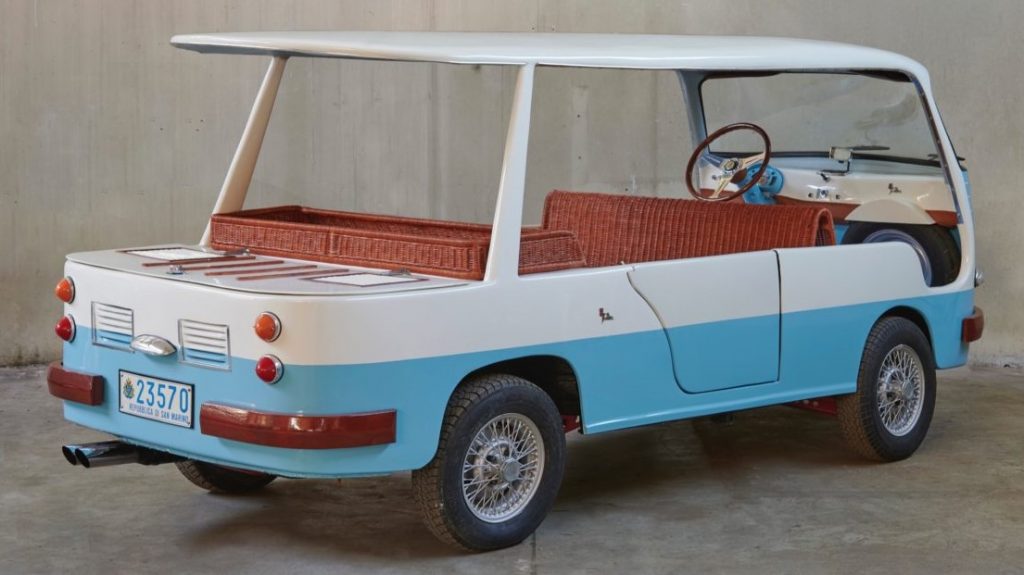
Coachbuilt variations
The Seicento had variations with other purposes as well. Francis Lombardi created a regular convertible in 1959, for example. Viotti designed a elegant, yet compact coupé body in 1957. Coriasco built a utilitarian version of the Multipla in 1956, named 600 M. And there are many others, including the variations we are going to present on the next topic. The most popular one here, though, is the 1958 Jolly made by Ghia.
Fiat would send the original car to Ghia, where it received an open top, and wicker seats. Some cars would also get a fringed fabric top in a contrasting color. The Fiat 600 Jolly was meant for the recreational use of wealthy people: some of its owners were Aristotle Onassis, Grace Kelly, Mae West, and Fiat’s CEO Gianni Agnelli. Since each unit was unique, they are now highly coveted among car collectors around the world.
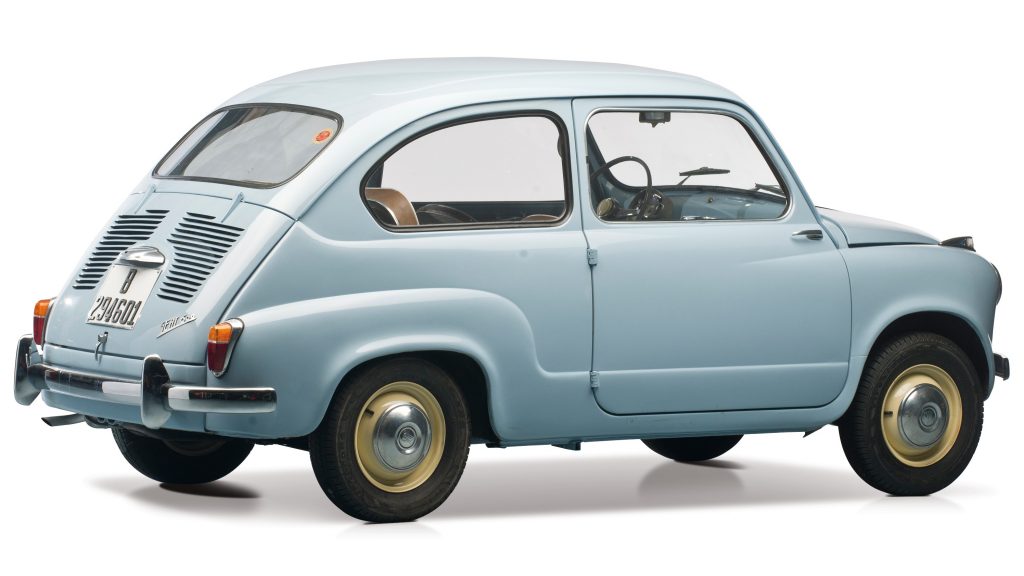
Fiat 600 in other countries
If you thought that the versions above summed up this car’s history, we are thrilled to say you are wrong. Fiat was expanding its operation at that time, so it was only natural that it would build the Seicento, along with other models, in other countries as well. One was Argentina, where it arrived in 1960. The car had an increasing use of locally sourced parts and had several exclusive upgrades. It was also nicknamed Fitito.
In Europe, things were different. The region had many carmakers by the 1950s, but most were only strong in their home country. Instead of venturing itself abroad with low chances of success, Fiat chose to license the car’s production to other companies. This move ended up making it popular in multiple other regions for the same reasons, albeit with other brand names. This topic is going to show you the main examples.
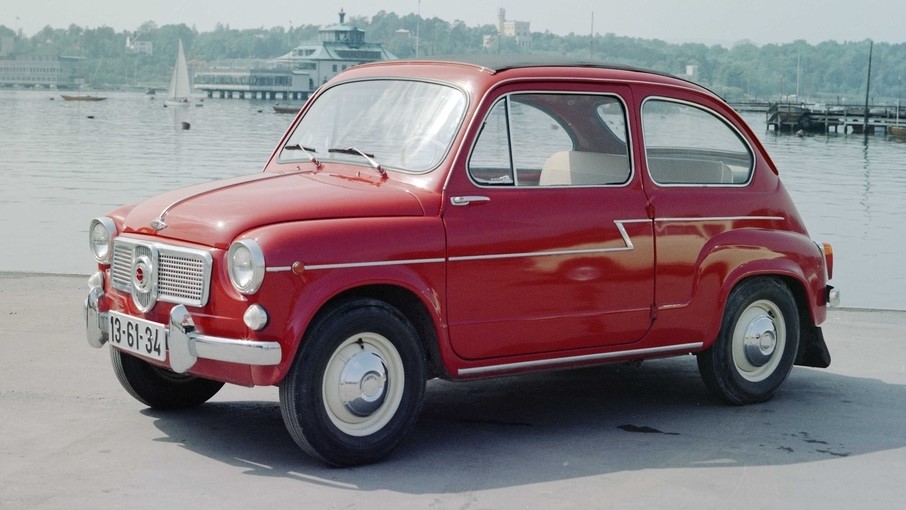
Neckar Jagst 600 and 770
German manufacturer NSU sold its Heilbronn factory to Fiat in 1929 due to financial problems. That plant operated as NSU-Fiat for years, but that caused problems because the original NSU did not want to keep its image associated with a competitor. After a litigation process, Fiat’s plant was renamed Neckar in 1957. It built the Seicento as Jagst 600 until 1960, when the facelifted 600D car was locally renamed Jagst 770.
Zastava 600, 750 and 850
The car arrived in Serbia in 1955 as well, this time as Zastava’s smallest model. Over the years, it had some improvements such as bigger engine, better trim, more safety items, and regular doors. It became the 750 in 1962 and was joined by the Zastava 850 in 1980. The latter had even more improvements, especially an 850-cc engine, but did not sell as well. Nicknamed Fića, it remains a popular option among young drivers.

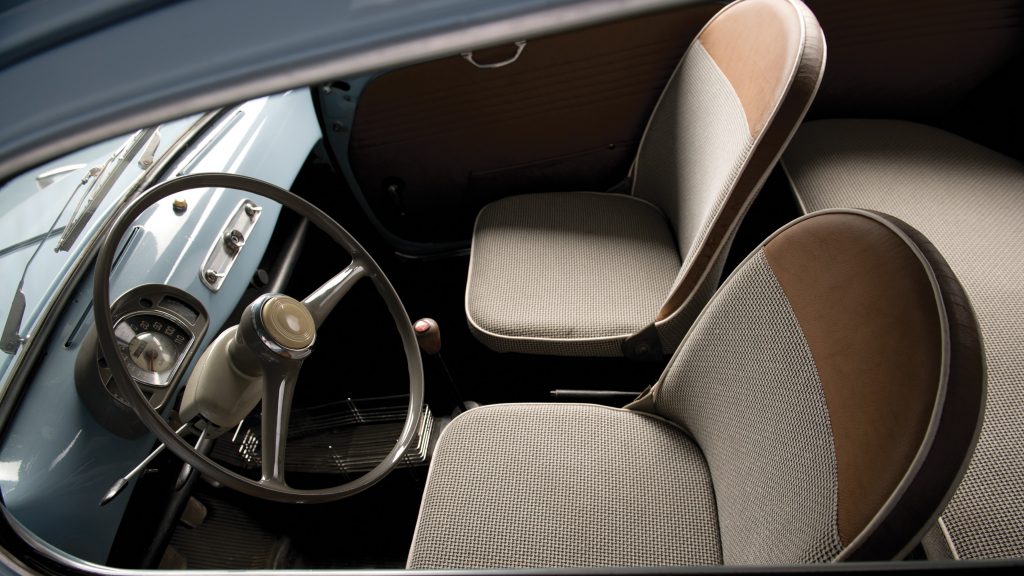


SEAT 600
Now, the most prosperous version was definitely the Seiscentos. Spain was undergoing a strong recession after the Civil War of 1936. The car industry was stagnated because of people’s low purchasing power and makers’ little interest in investing there. The government partnered with local investors, including several banks, to establish a national manufacturer. At first, SEAT would produce Fiat cars locally under license.
The first product that came as a result was the 1400, but it was considered a luxury car. The Fiat 600 came to the rescue once again, offering an affordable option for the working class. The car became a symbol of the Spanish miracle of the 1960s and firmed SEAT as a carmaker. Over time, it would get its own versions of trim and style including the “800”. It was a four-door Seiscentos and SEAT’s first independent project.

Modern-day Fiat 600
Fiat released the 850 in 1964 as an evolution of the 600 with more body styles; both were only replaced in 1971 by the 127. The iconic nameplate stayed dormant until 1997, when it was used on a subcompact car. It would replace the 1991 Cinquecento, written as the word, so the new model was named Seicento. This car had an impressive range of versions that included the sporty Abarth and the battery-powered Elettra.
In 2005, the Italian automaker renamed it Fiat 600, using the number, to celebrate the 50th anniversary of the original car. However, both cars had a more concrete tie until four years earlier. The new subcompact was the last Fiat to use the 100 Series engine. With 899 cc and 39 hp, it was the last stage of development of the very same 633-cc engine that made only 21 hp and equipped the original Seicento back in 1955.
Now that you know everything about the Fiat 600, including the official video released not long ago, you are prepared. You can join us and wait for more official information about the new car, which is expected to be a subcompact SUV based on the Jeep Avenger. While it may not replicate the success of its original iteration, it will have everything to be a top performer at its market segment in European countries.
You may also like
The 600’s smaller brother, named Cinquecento, has had a very successful modern-day life. One of its highlights is offering dozens of special editions, each one with a different theme. Check them out!
Danillo Almeida has explored his passion for cars in two distinct ways. The first one is his graduation course in Mechanical Engineering, which will hopefully lead to a job position in the field. The other one is expressing his knowledge and opinions on the matter through writing. Almeida has already contributed to blogs, stores, and websites in general writing automotive content in many formats.

